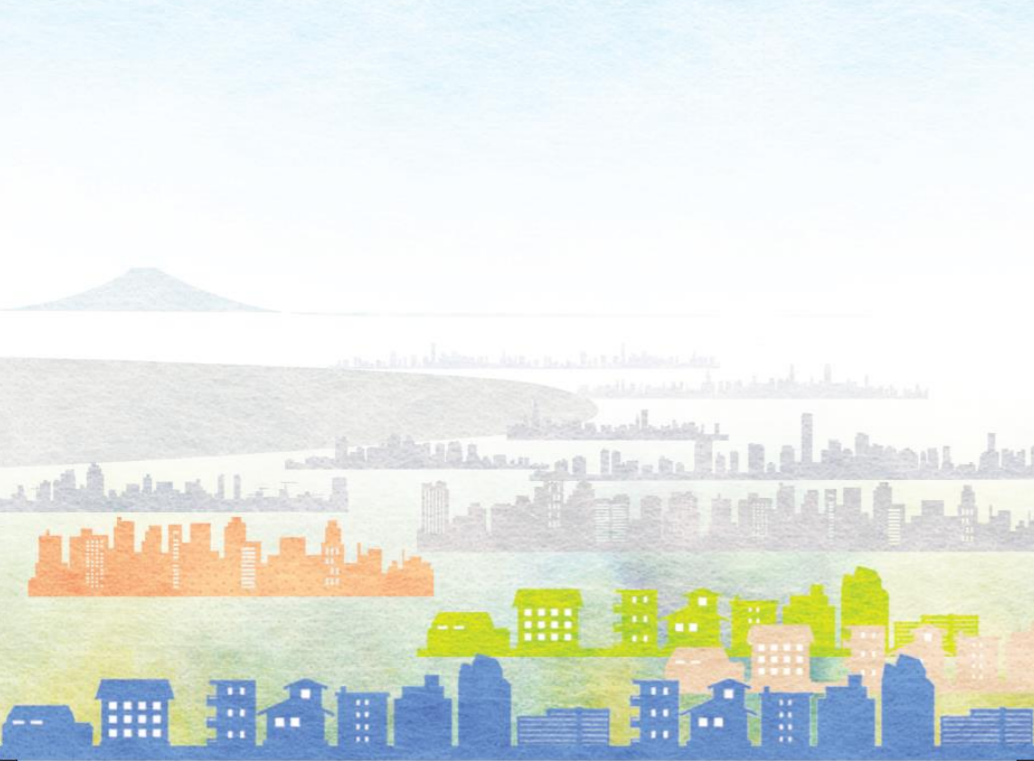Index Based Livestock Insurance (IBLI) 05
My previous essay https://apsf.jp/en/2020/12/09/everyday-policy-studies-no-en23/ reviews how to measure the impacts of the insurance using the household data and the insurance premium discount coupon as a instrument variable. In this essay, I will review previous studies on the impacts using this method.
Following the notation of my previous essay, our equation of interest is Y = a + bX + e where Y is dependent variable, X is explanatory variable, a is constant term, and e is error term. In our case, since we are studying the impacts of the insurance, X is purchasing and having the insurance and for simplicity, let us say X takes one if a household has insurance and zero otherwise (instead of that X is how much livestock the household covers with the insurance). Y is outcome variable which insurance can improve, for example, Y can be how much livestock a household owns after a drought. We hope that the insurance will help households save their livestock from a drought and so we hope that b in the equation above is positive and large. As we discussed in my previous essay, a more able household buys the insurance more likely and she can save her livestock more regardless the insurance and thus we would overestimate the impact b. We will alleviate this overestimation using the insurance premium discount coupon as an instrument variable.
There are seven papers in academic journals and two working papers studying the insurance impacts on using the household data and insurance premium discount coupon as instrument variable. Five out of the nine papers use IBLI Borena Ethiopia data and the remaining four use IBLI Marsabit Kenya data. Each of the papers studies different outcome variables Y and impact channel b. Based on Google Scholar https://scholar.google.com, the most cited paper among the nine papers is Janzen and Carter (2019).
There was a drought in 2011 and an insurance payout in November 2011. In October 2011, Janzen and Carter (2019) ask households whether they would sell livestock and reduce meal in the following three months (October-December 2011) in order to cope with the drought in 2011. Note that Janzen and Carter (2019) ask households their expectation on their drought coping strategies in the future instead of what households did in the past. One of two outcome variables Y in Janzen and Carter (2019) is to sell livestock to cope with the drought and they expect and find b is negative. Our next question is how large this impact is. 27 percents of the households say that they would sell livestock and the insurance decreases this by 61 percentage points (from 27 percents to 11 percents). The other outcome variable Y in Janzen and Carter (2019) is to reduce mead to cope with the drought. They expect b is negative and find b is negative for the poor half of the households but b is zero (no impact) for the remaining rich half. 62 percents of the households say that they would reduce meal and the insurance decreases this by 49 percentage points (from 62 percents to 32 percents) for the poor half of the households.
In my next essay, some of the remaining eight papers will be reviewed.
Reference
Janzen, Sarah and Carter, Michael R, (2019), “After the Drought: The Impact of Microinsurance on Consumption Smoothing and Asset Protection,” American Journal of Agricultural Economics, 101(3), 651-671.
(Author:Munenobu Ikegami)
